The bone mineral
It’s easy to miss out on calcium, but you’re doing a disservice to your skeleton. After your 20s, you’re mostly losing bone, report experts at the Harvard T.H. Chan School of Public Health, so making sure you get enough calcium, vitamin D (which assists your body in making use of the mineral), vitamin K (ditto) can help prevent your bones from becoming porous and brittle—the definition of osteoporosis. The National Academy of Sciences—they set the recommended nutrient intakes—advise that you aim for 1,000 milligrams a day if you’re between 19 and 50 years of age; 1,200 mg if you’re over 50. Watch for the signs you’re falling short.
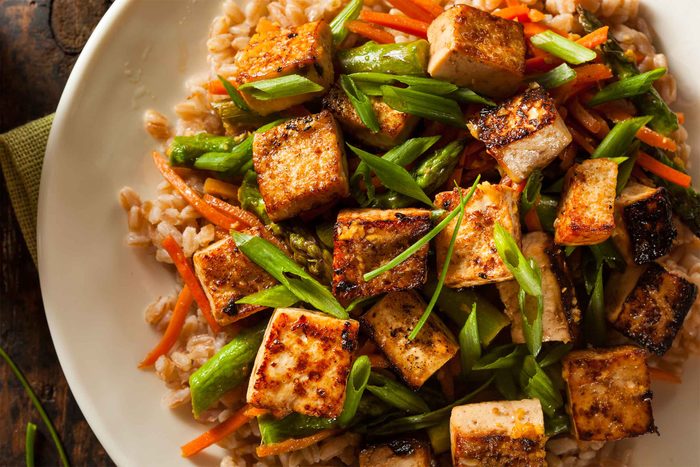
You turn your nose up at tofu
If you’re a meat lover, tofu probably never comes close to your mouth—but it might be time to rethink that. Not only is this Asian staple packed with protein, it contains more than 40 percent of your daily value of calcium. And studies have shown a correlation between eating soy products and stronger bones, especially among Asian women, according to the International Osteoporosis Foundation. If you don’t (or can’t) eat a lot of dairy, tofu is a great way to up your calcium intake—so add some to your meals, and while you’re at it, eat more of these other foods that are rich in calcium.
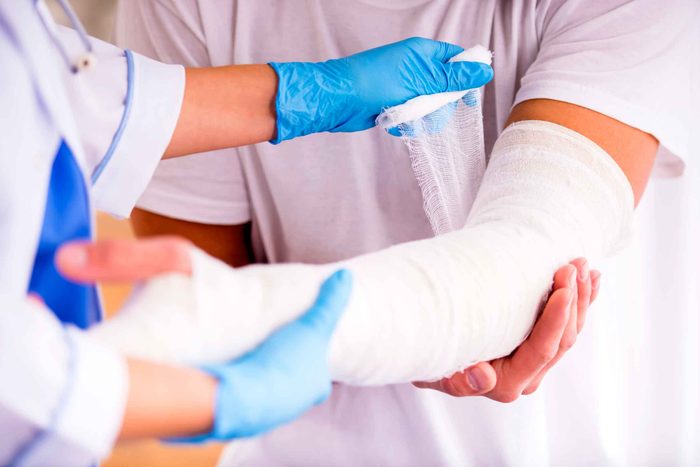
You broke a bone in a seemingly minor accident
If you break your wrist after only a minor fall, it could be a sign that low calcium intake has made your bones brittle. You reach peak bone mass by age 30—after that, your bones slowly lose calcium. “It’s important to have enough calcium in the blood so that your body uses that store of the mineral instead of triggering your bones to release it,” says Shira Sussi, RD, a dietitian in New York City. “Eating more calcium or taking a supplement can help.” Bone fractures are especially common in post-menopausal women, so if you are in your 30s and 40s, you’ll want to, well, bone up on these simple things you can do every day to boost your bone strength.
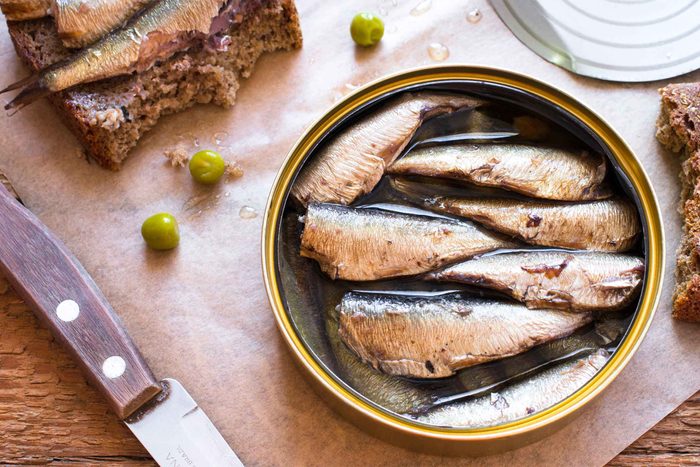
You eat only fresh fish
Canned fish has one thing most fresh fish doesn’t: edible bones. “One thing I always say is that people don’t eat enough canned fish like sardines or salmon,” says Sussi. You’ll be eating bones, but they’re so small and soft that you can get all their calcium goodness without choking. Oysters, often found in a can or jar, are another good source of calcium.
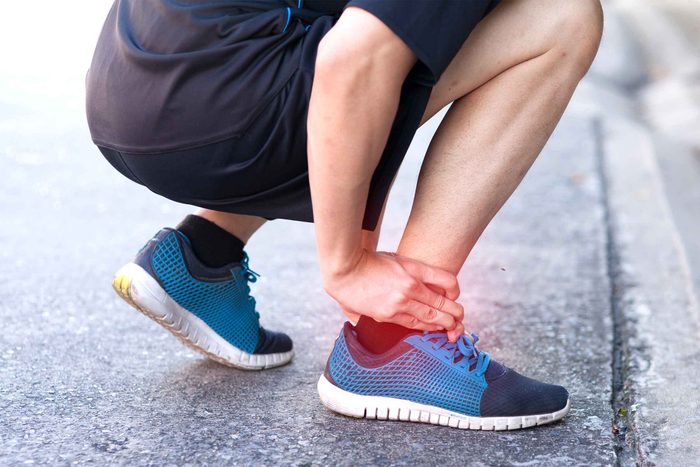
Your muscles cramp up
One muscle cramp isn’t alarming, but if it persists, a call to your doctor is probably in order, because you might have a severe calcium deficiency. While calcium deficiency in the short-term doesn’t usually produce obvious physical symptoms, chronic calcium deficiency can lead to muscle tenderness, contraction, or overall discomfort because this mineral helps your muscles move. “Your calcium should never be so low that you’re getting these symptoms. That signals a serious deficiency,” says Sussi.
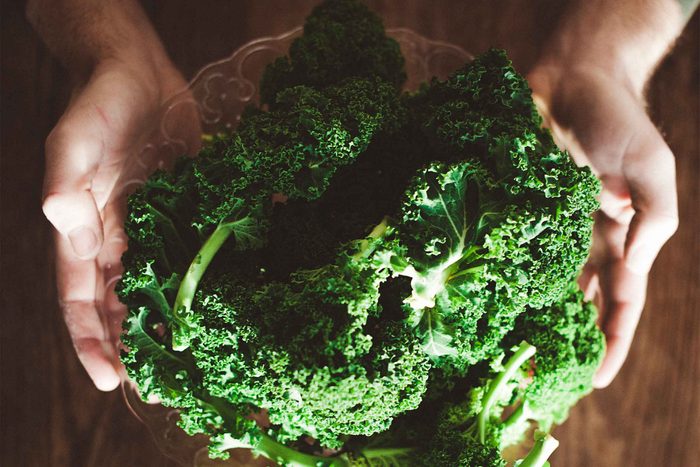
You eat boring salads
If all you eat is romaine, it’s time to add kale to the mix. Dark leafy greens like kale, collard, mustard, Swiss chard, and turnip are all high in calcium, plus vitamins A and C. Bok choy, a mild Asian green is also a good source. “When a food has a high availability of calcium, the absorption rate is a little higher,” says Sussi. If kale in a salad isn’t your thing, try one of these creative kale recipes.
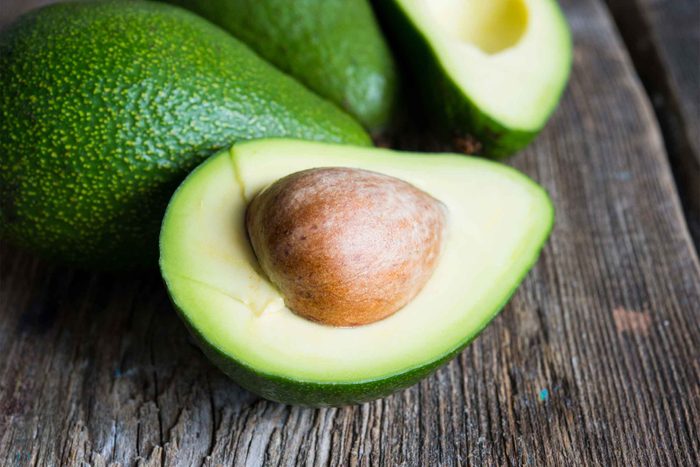
You take a supplement on an empty stomach
Taking your calcium supplement before breakfast still works, but popping it after you’ve eaten something will make it work even better by increasing absorption of it into the body. You should also take it with a vitamin D supplement since calcium needs this to properly absorb. “Take your supplements with a little fat, such as non-skim milk or avocado. Vitamin D is fat-soluble, so a fat helps with absorption,” says Sussi. Just don’t take more than 500 mg of calcium at one time or it won’t be absorbed as well.
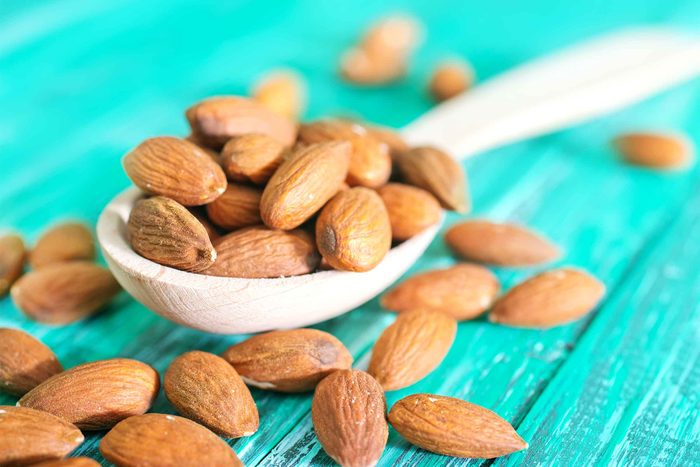
You have high blood pressure
While there’s likely another reason for your hypertension besides calcium deficiency, studies going back to the 1980s have found a link between low calcium intake and high blood pressure—and how upping your calcium can lower it. So load up on calcium-rich foods, such as dairy, almonds, or brazil nuts, and veggies like broccoli, kale or cabbage. Then start eating these foods that can help lower high blood pressure.

You don’t get enough vitamin D
Calcium needs vitamin D to absorb into the body, so lacking one means you’ll likely be low on the other. Fortified foods like some cereals, milk, or juice can help raise your D intake and reduce your risk of calcium deficiency with it. Good ol’ sunlight is another good vitamin D source, so get outside during peak sun hours for a few minutes each day. Just be aware, many people are deficient in D, so pay attention to the signs you’re not getting enough vitamin D.
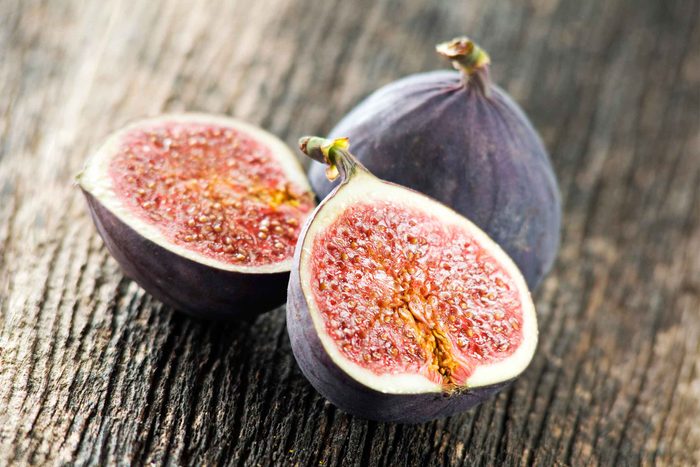
You’re lactose intolerant
If dairy makes you sick, it could also leave you low in calcium. Dairy products such as milk, yogurt, and cheeses like ricotta, mozzarella, and cheddar are some of the richest sources of calcium, according to the National Osteoporosis Foundation. Try adding other surprising calcium-rich foods to your diet such as dried figs, almonds, and soy or rice milk. Not sure if this applies to you? Learn the signs you could be lactose intolerant.